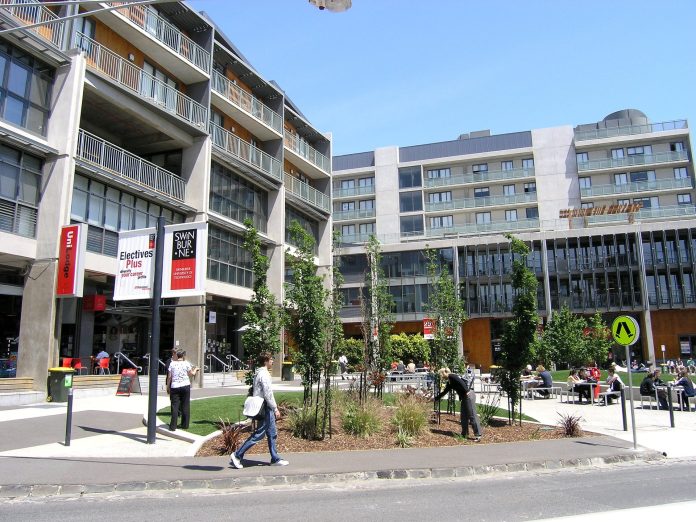Swinburne University in Melbourne is using rapidly advancing IVA technology from iCetana, Snap Surveillance, Milestone and Cognimatics to enhance the level of safety and security that it offers across its campuses.
ACCORDING to Swinburne University’s IT security specialist, Chris Goetze, using IVA with the university’s 1020 IP CCTV cameras became viable once the system had gone full IP. This is a big application, with cameras installed on all 4 of the university’s campuses at Hawthorn, Prahran, Croydon and Wantirna, with video recordings from these sites recorded centrally at Hawthorn where the IVA platforms are also located. The various sites are connected using a 10GB fibre backbone as well as a 400MB backup microwave link.

According to Goetze, the upgrade to digital was the result of Mother Nature.
“Back in 2007, there was a big storm that went through Melbourne that caused a fair bit of property damage to our campuses,” explains Goetze. “As a result of that, senior management realised they needed a way of seeing what was going on all of the campuses in real time. It coincided with us doing a major network upgrade – probably our first one – so it was 10/100 PoE to every point and every comms room we had. And the decision was made to try to leverage off that investment in that network for CCTV.”
Swinburne’s security and safety surveillance system comprises Axis cameras and Milestone Corporate XProtect software – XProtect Corporate supports unlimited cameras, users and sites. Handy too, it incorporates integrated map applications and there’s built-in support for Milestone’s powerful XProtect Smart Wall.
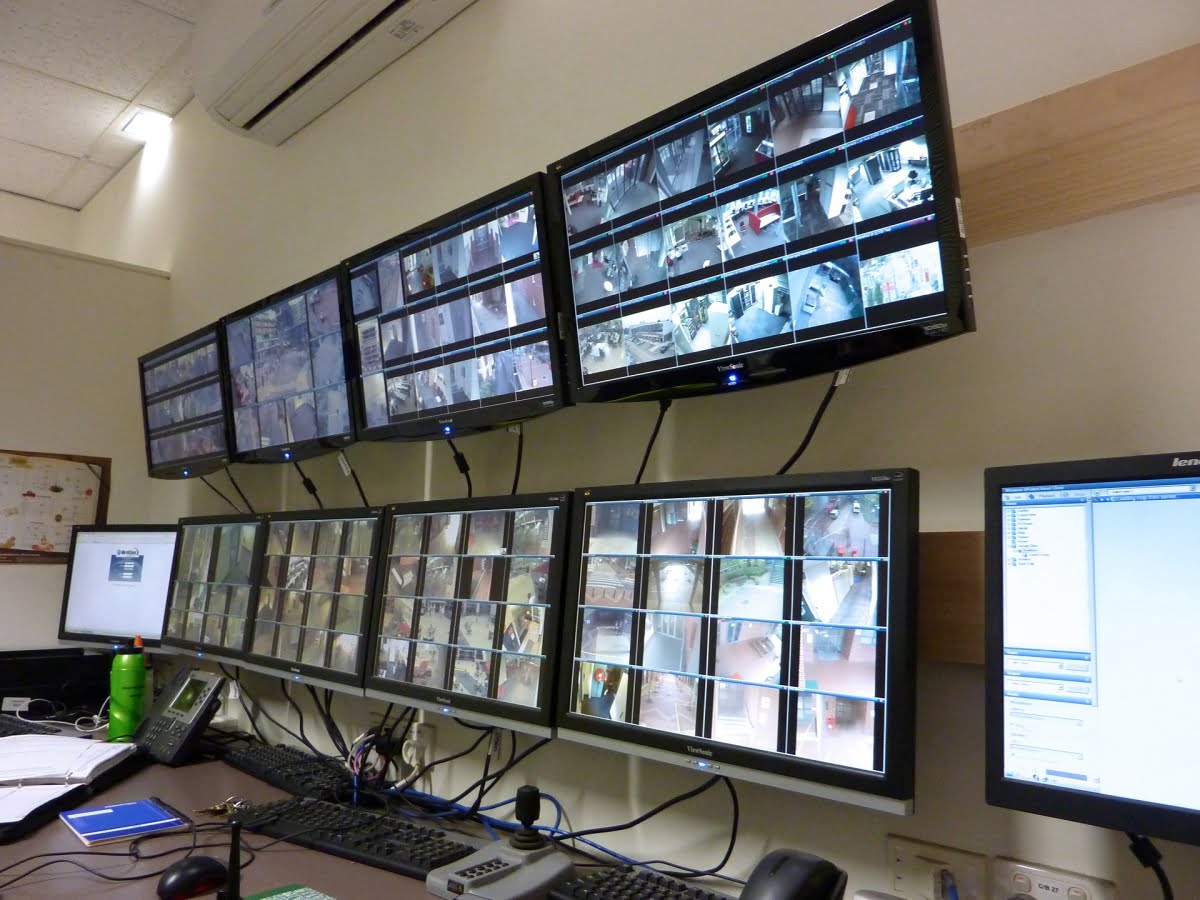
It’s the IP-based nature of the overall system that allows the university to leverage its IP infrastructure to introduce a number of analytics platforms, including iCetana for detecting unusual behaviour, as well as Snap Surveillance, to learn about the physical relationship between cameras, which integrate into the core Milestone platform using APIs. Meanwhile, licence plate recognition is integrated into the Milestone package and people counting is handled at the edge.
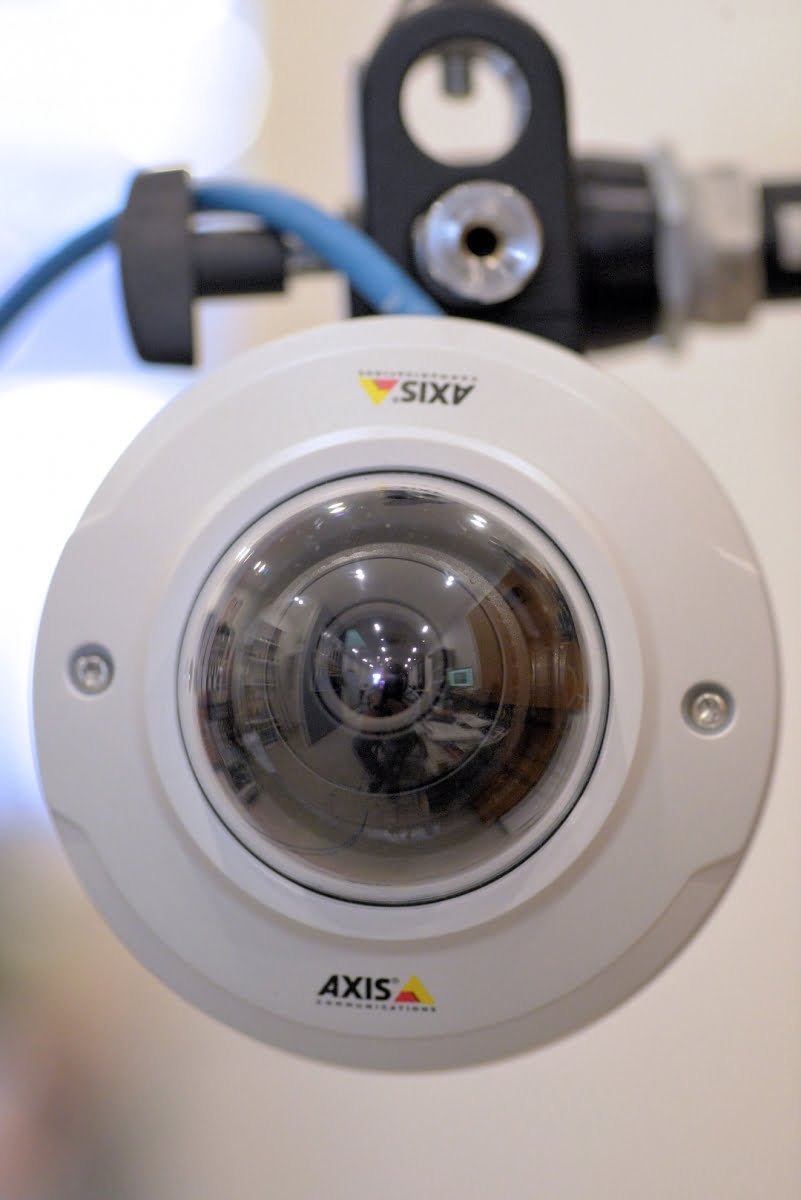
“Because the Axis cameras are effectively a miniature Linux computer, you can deploy apps directly onto them, so we’ve deployed an app from a company called Cognimatics,” Goetze said. “That runs directly on the camera head and sends the data to a SQL database, and you can deal with the data however you want after that.”
According to Goetze, the combination of IP cameras and analytics, specifically abormal behaviour detection, helps the uni's physical security teams pick up things that happen around the university without having to monitor 600 cameras on screen.
“For instance, iCetana automatically detects abnormal behaviour or heavily changed conditions,” he explains. “It does that without a rule base, so we know it will pick up fights, someone falling over, or a car driving the wrong way,” Goetze said.
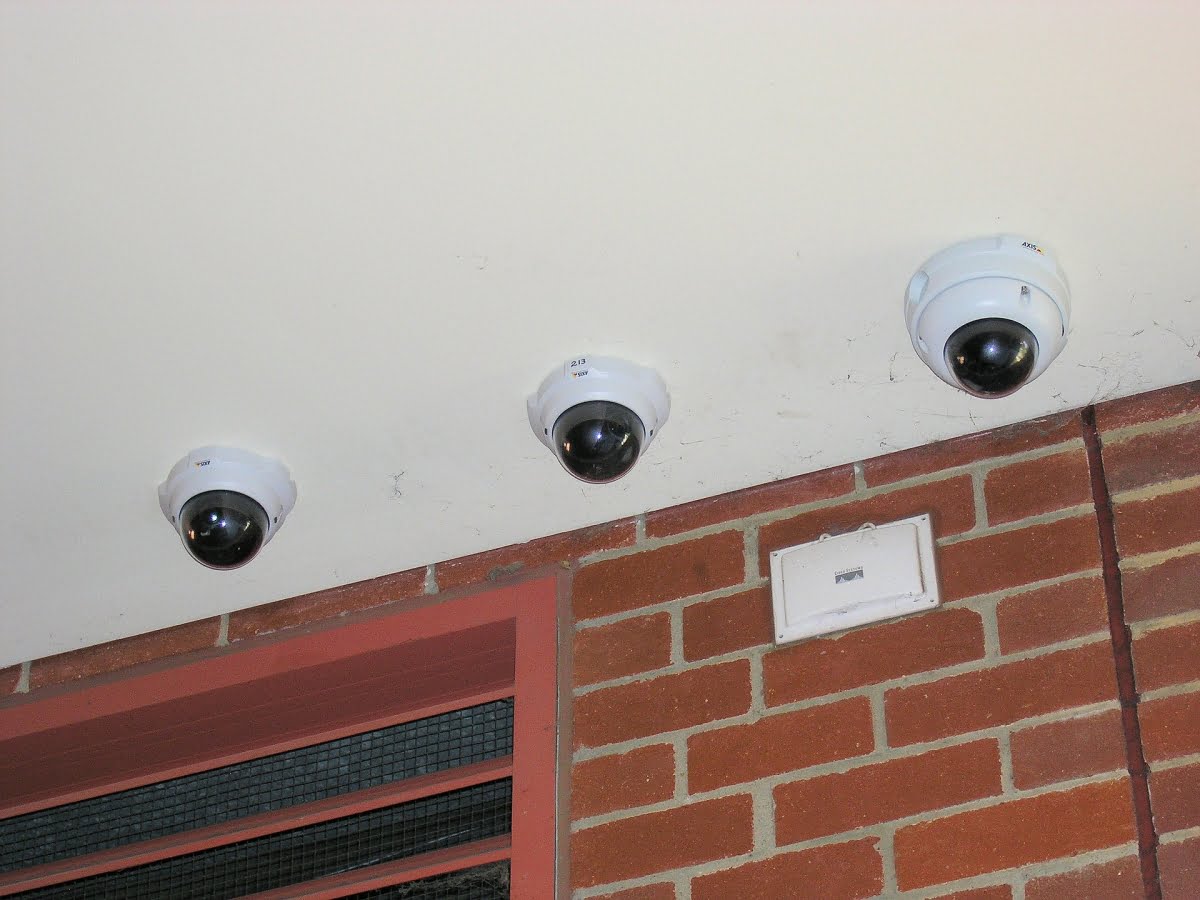
Meanwhile, camera-matching Snap Surveillance software gives security staff a visual representation of the camera they’re interested in, along with other cameras nearby.
“If the security team wants to follow ‘person of interest A’ across the campus, this tool comes into its own because you find your suspect on the camera, and it shows you nearby cameras they might walk towards," Goetze said.
“When you see them on the next camera you just click on it to bring it into the central view, and it, in turn, shows you other cameras that are nearby. This simple intuitive functionality makes it much easier for control room operators to track someone without having to remember it’s camera 68 they need to jump to now, which is in this building. The system just does that for them.”
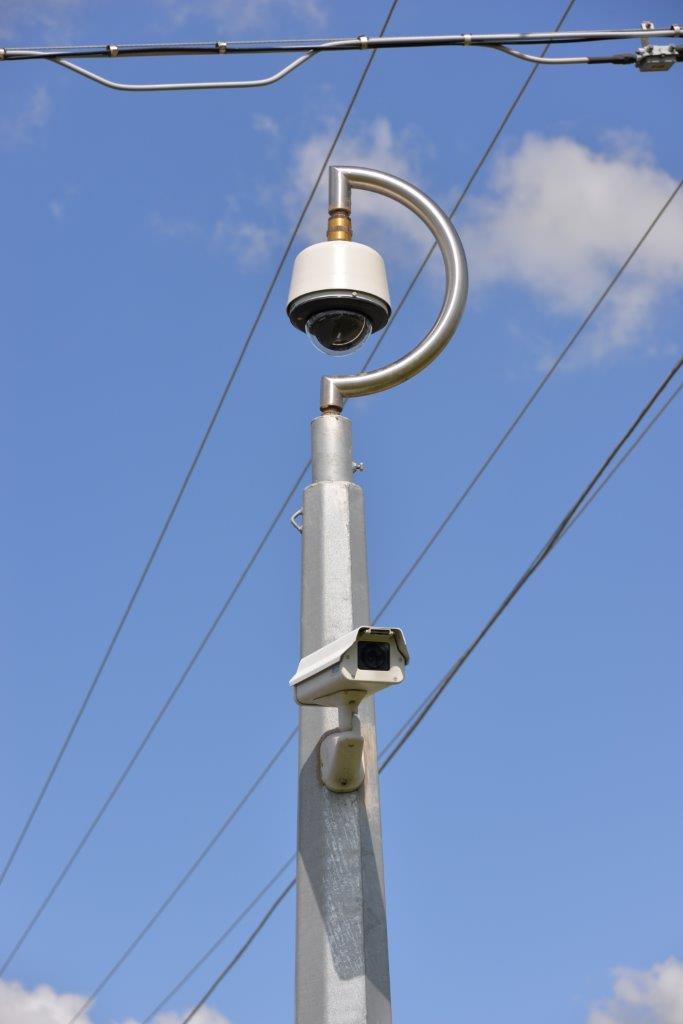
According to Goetze, the use of analytics goes beyond security, with people counting used to assist with the planning of library services.
“We use it throughout the seven levels of the library to work out which areas are overloaded, which areas they need to expand, which services are used more than others. Are the periodicals more interesting than the computer lab?” Goetze says.
“We’ve taken it a step further and put people counting in a number of study areas, and then present that information to students in a phone app, so they can see which study areas have spare seating without having to walk halfway across the campus only to find there’s no seats spare.”
And now Swinburne is looking to bring facial recognition analytics into the equation.
“Facial matching comes on and off the agenda occasionally. We’re quite interested in it, but at this stage it’s quite an expensive proposition,” Goetze said. “Because the university is an open campus, in suburbia and in the city, we have no boundaries. And between us and the police, there are persons of interest who we would like to know if they’re on site or not. That’s where facial recognition would be handy.”
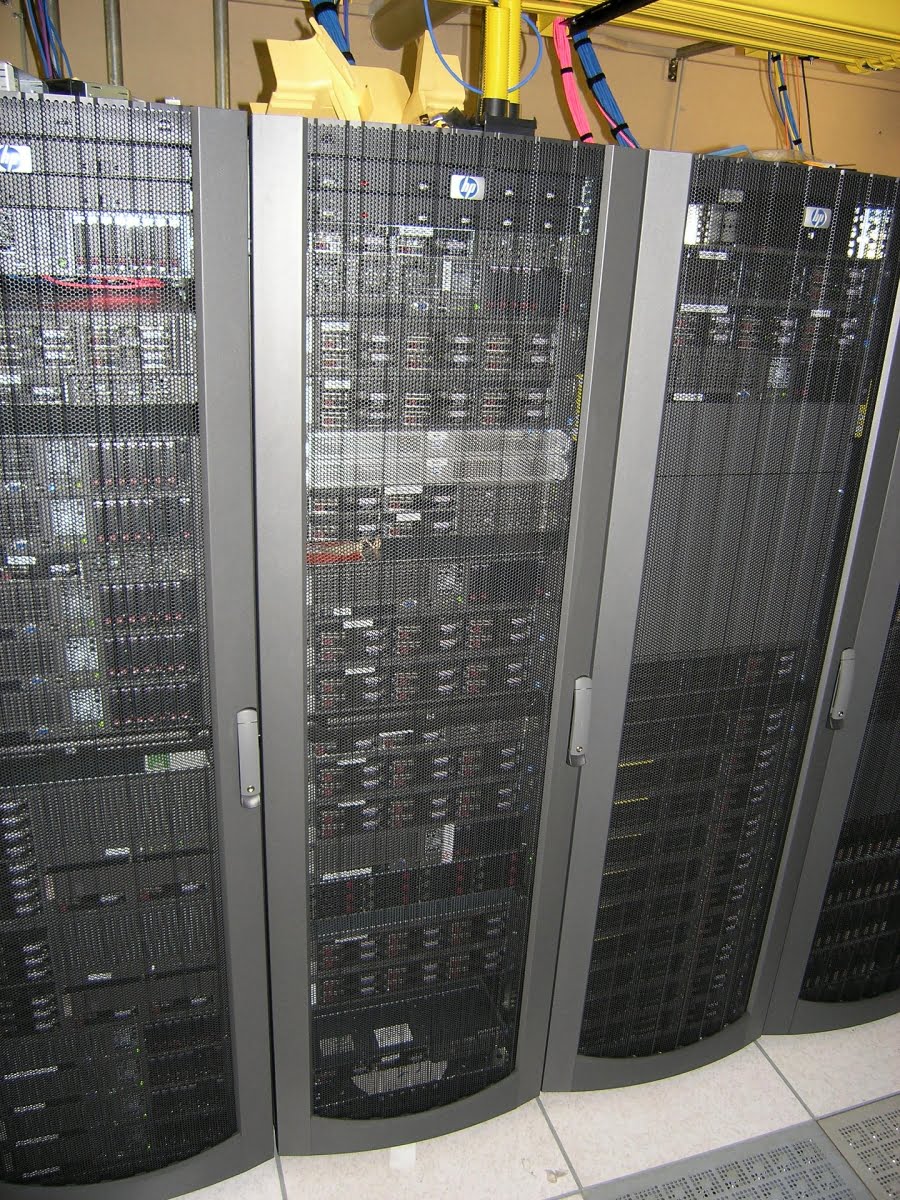
According to Goetze, the university is also looking at a retail analytics and heat map platform called Vizualize, which could potentially be a tool for researchers.
“In retail, shops use heat maps to work out which of their shops are more popular and how long people stand in front of the shelves. There’s an app we can load on to the cameras that can do heat maps of areas,” Goetze said.
“We have some researchers and faculties that are interested in doing that in their research spaces to better understand how people interact with their areas. The researchers are interested in the design of spaces, such as office spaces, and how things are utilised.” ♦



